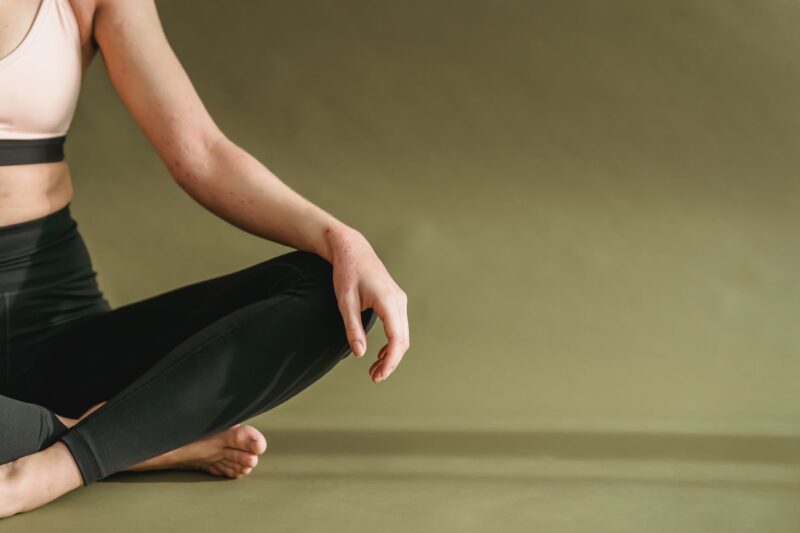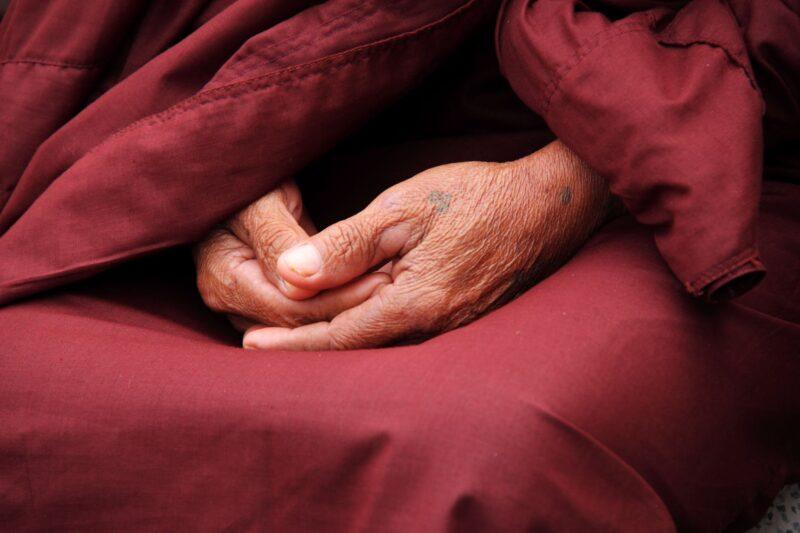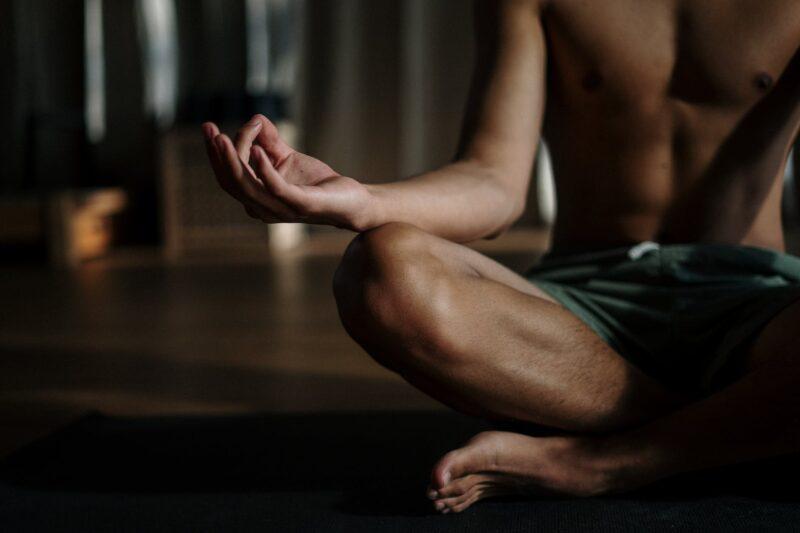The term “meditation” refers to a state of relaxation and concentration in which your body and mind are consciously calm. In addition to heightened awareness, attention, and concentration, many who practice this art form report having a more upbeat attitude toward life.
Most people associate meditation with spiritual practices used by monks, mystics, and other religious groups. But you don’t have to be a mystic or a monk to gain from it. And it’s something you can do anywhere. Try it out in your own living room if you want, of course!
The essential principles of meditation do not vary regardless of how they are applied. The most crucial of these principles is the elimination of obstructive, negative, and daydreaming ideas and fancies, as well as the establishment of mental calmness through intense concentration. This helps to purge the mind of clutter and prime it for higher-level thinking.
When you think about things like noisy neighbors, obnoxious coworkers, a parking ticket you got, or unwelcome spam, it can pollute your mind. Shutting them out allows you to purify your mind so that you can think about more meaningful things.
It’s not uncommon for meditators to completely isolate themselves from the world around them by turning off all of their senses, including sight, hearing, and touch. If that’s your desire, you can now concentrate on a deep, profound thought. It may be difficult at first because we are so used to hearing and seeing things all the time, but as you keep doing this exercise, you will become more aware of everything going on in your environment.
People with impossibly arched backs and painful-looking contortions in their meditating positions on television may be frightening, but you need not be. The idea is to find a position that allows you to focus comfortably. Standing, lying down, or even strolling may all be acceptable positions for doing this.
It’s a fantastic place to start if the position allows you to relax and focus. If you’re sitting or standing, make sure your back is straight but not rigid or tight. Slouching and falling asleep are the only things to avoid in other positions.
Tight-fitting clothes tend to choke you up and make you feel uptight, so wearing loose, comfortable clothes helps a lot.
It is important that the location where you meditate has a relaxing ambiance. Do it in an area where you’re relaxed, like your living room. The more difficult poses may necessitate the use of a workout mat (if you feel more focused doing so and if the contortionist in you is screaming for release). It’s possible you’d like to arrange the space in a way that soothes your senses.
If you’re looking to relax and meditate, you’ll want to find a place that’s free of distractions like ringing phones and washing machines. Stocking up on fragrant candles is also a good idea because pleasing aromas go a long way in this regard.
The droning noises you hear on TV are the monks chanting their mantra. This is a short creed, a basic sound that has mystic power for these practitioners.
Even if you don’t, it’s worth noting that repetitive motions like breathing and humming might aid a practitioner in reaching a higher state of awareness.
Focus is the key concept here. While keeping your eyes open, you might concentrate on a single sight, try focusing on a specific object or thought.
While in a meditative state, try naming every part of your body out loud and focusing your attention on that portion of your body. While doing this, keep an eye out for any areas of your body that may be tense. Visualize yourself relaxing and letting go of the stress. It’s a miracle worker.
Scientific studies have shown that certain meditation CDs can modify your brainwaves in a way that aids in deep concentration.
Overall, meditating is a low-risk endeavor that pays off handsomely in the long run (or non-effort; remember, you were relaxing).
According to research, meditation has positive physiological impacts on the body. A rising number of medical professionals agree that such consequences should be researched further. As a result, get started right away on improving your health and well-being by beginning to meditate!





